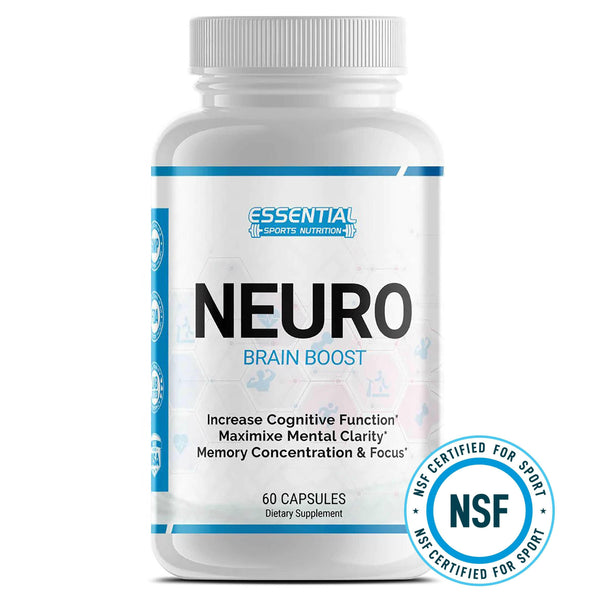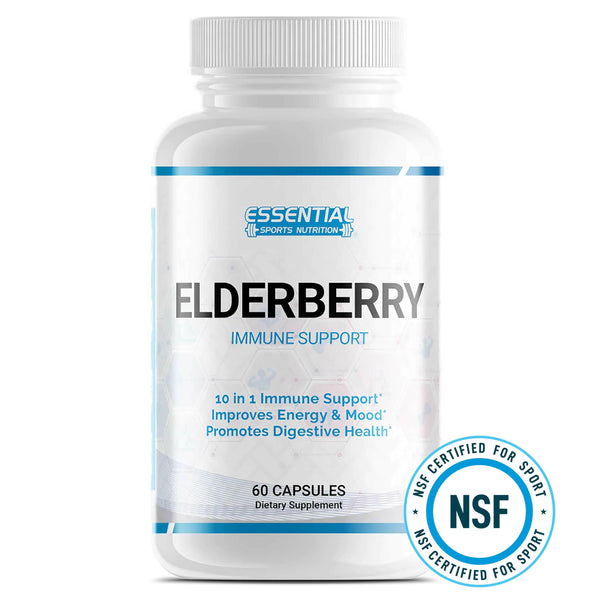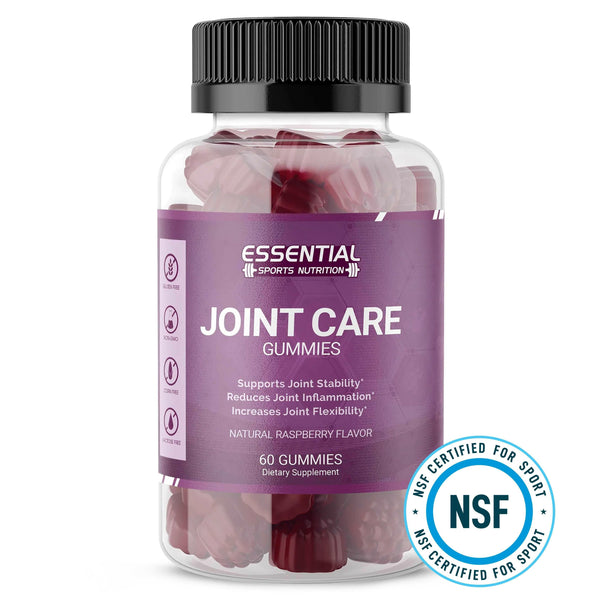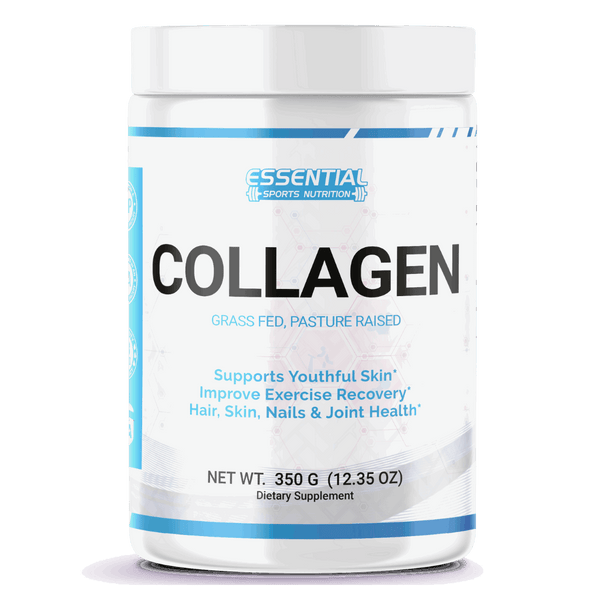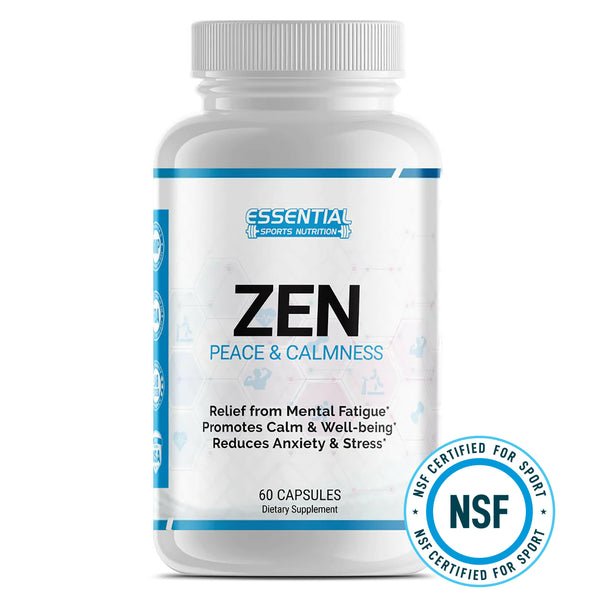Top Foods High in Vitamin A
Key Foods High in Vitamin A for Optimal Health
Good nutrition shapes your health, and Vitamin A plays a big part in that. Aim for 700 to 900 micrograms daily to support your eyesight and immune health.
If you enjoy meat, liver, and dairy products are great options. Prefer veggies? Load up on sweet potatoes, carrots, and greens. Don't forget, red sweet peppers and cantaloupe are also great sources.
Adding these vitamin-rich foods to your diet helps maintain your health.
Essential Vitamin A Foods
Your diet directly affects your health, especially with nutrients like Vitamin A. Hitting the recommended daily amount supports your eyes and immune system.
Whether you're a fan of meat or vegetables, there's a variety of foods to choose from. Liver and dairy are excellent for meat-eaters, while sweet potatoes and carrots are perfect for those who prefer vegetables. Red sweet peppers and cantaloupe are also full of Vitamin A.
Include these in your meals for a well-rounded approach to your health.
Unlock the Benefits of Vitamin A

Vitamin A plays a crucial role in keeping your vision clear, bolstering your immune system, and sustaining your energy. Imagine your body growing stronger with every meal, thanks to nutrient-packed foods.
A diverse range of foods can provide you with this essential nutrient. Options include animal sources like liver and dairy products, as well as plant-based choices such as sweet potatoes and leafy greens. To meet your daily needs, adults should aim for 700 to 900 micrograms of vitamin A. It's smart to include these foods in your diet regularly to avoid deficiency.
By focusing on your dietary intake now, you can fortify your health against future challenges.
Vitamin A Essentials
It's important to understand why vitamin A matters. It's not just about avoiding a deficiency; this vitamin is a key player in maintaining night vision and eye health. It's also an antioxidant, fighting off free radicals that can harm your body. Plus, vitamin A supports the health of your skin and mucous membranes, which are vital barriers against infection.
When you make sure to include vitamin A-rich foods in your diet, you're taking a proactive step for your long-term health. It's a simple way to give your body the tools it needs to stay strong and resilient.
Understanding Vitamin A

Vitamin A plays a vital role in keeping your eyes, immune system, and skin in top shape. It comes in two types: preformed vitamin A, also known as retinol, and provitamin A, known as carotenoids. Retinol is the kind your body can use right away. You can find it in foods like liver, fish, and dairy. Carotenoids, however, are the kind you'll find in colorful plants, and your body needs to change them into retinol before they can do their job.
Absorbing Vitamin A
Since vitamin A is fat-soluble, it's best absorbed when eaten with fats. Your diet plays a big part in how well vitamin A is absorbed. Men should aim for 900 mcg of retinol activity equivalents (RAE) daily, and women should aim for 700 mcg of RAE to stay healthy.
Balance Your Intake
It's pretty easy to get enough vitamin A with a balanced diet. But it's important not to have too much. The maximum safe amount of vitamin A from retinol is 3,000 micrograms. If you go over that, it can be harmful. So, it's key to get just the right amount. Too little and you might've trouble seeing in low light or get sick easier. Just right, and your body will be better prepared to keep you healthy.
Rich in Vitamin A: Animal Foods

Animal-derived foods are packed with vitamin A, especially beef liver, fish oils, and dairy like milk and cheese. These items not only contain high amounts of vitamin A but also have retinol, which your body can use right away.
Take beef liver as an example. It's a vitamin A star, providing much more than what you need in a day with just a small portion. Cod liver oil, too, is famous for its richness in vitamin A and has a long history of being used to keep people healthy.
Milk and cheese, often found in your fridge, are key for getting vitamin A into your diet. They don't just help with your vision and immune system; they're also great for keeping your skin in good shape.
Check out this list of foods and how much vitamin A they have:
| Food | Vitamin A (mcg per serving) |
|---|---|
| Beef Liver | 6600 |
| Cod Liver Oil | 13500 |
| Hard-boiled Egg | 75 |
Leading Plant-Based Options
Dive into the colorful world of sweet potatoes for a major vitamin A boost. One serving is packed with 1400 mcg of this essential nutrient. Sweet potatoes aren't just tasty; they're powerhouses of beta-carotene, which your body turns into vitamin A as needed. This vitamin plays a key role in keeping your eyes sharp and your immune system strong.
Add Spinach to Your Diet for a Vitamin A Surge
Spinach is a powerhouse for vitamin A, with over 570 mcg in just a half-cup. It's super flexible, so you can throw it into salads, blend it into smoothies, or cook it as a side. It's a simple way to get more of this important nutrient into your meals.
Carrots: A Sweet Source of Vitamin A
Carrots are another great choice, offering over 450 mcg of vitamin A per serving. Their natural sweetness makes them a hit whether you eat them raw or cooked. Snack on them, toss them in a stir-fry or roast them for a healthy dose of vitamin A.
Squash Varieties: A Fall Favorite for Vitamin A
Pumpkin and other types of squash are full of vitamin A, with a single slice of pumpkin pie delivering up to 480 mcg. They're not just for autumn; enjoy these vitamin A-rich foods year-round for their health benefits.
Red Sweet Peppers: Vitamin A in a Colorful Package
Brighten up your plate with red sweet peppers. They're not just pretty to look at; they bring a healthy serving of vitamin A to the table. Include them in your diet to keep your vitamin A levels in check.
When you're adding these plant-based foods to your diet, it's important to eat a varied diet. This way, you avoid getting too much vitamin A, which can be harmful. A balanced approach lets you enjoy all the benefits without the risk of overdoing it.
Understanding Your Vitamin A Needs

Knowing how much vitamin A you need each day is key to keeping your eyes sharp, your immune system strong, and your skin glowing. It's all about balance—getting just the right amount for good health without going overboard. Vitamin A is super important, and you can usually get plenty from foods full of this nutrient, or you might need a vitamin A supplement if your diet isn't cutting it.
How Much Vitamin A Do Adults Require?
Men and women need different amounts of vitamin A. Guys should aim for 900 mcg RAE per day, while ladies should get about 700 mcg RAE. But hold up on going vitamin A crazy—there's a limit to how much you should take. The max safe amount called the Tolerable Upper Intake Level (UL), is 3,000 mcg for both men and women. Taking more than that could make you sick.
Here's a handy table to help you remember:
| Gender | Daily Need | Max Safe Limit |
|---|---|---|
| Men | 900 mcg | 3000 mcg |
| Women | 700 mcg | 3000 mcg |
Eating Right to Get Your Vitamin A
Make sure your plate has a bunch of different foods that are rich in vitamin A. If you're a vegetarian or vegan, you've got to focus even more on fruits and veggies that have lots of provitamin A, like sweet potatoes and carrots, to hit your daily goal.
Recognizing Deficiency Signs

Recognizing Vitamin A Deficiency Symptoms
Dry skin and hair might be your body's way of saying you need more vitamin A, an essential nutrient also known as retinol. Struggling to see well at night or in dim light could also be a clue that you're not getting enough of this vitamin. It's important for a strong immune system, so if you're getting sick often, consider if you're eating enough vitamin A-rich foods.
For women, regular reproductive health is another reason to ensure they're getting enough retinol. Irregularities could mean it's time to check on your vitamin intake. Xerophthalmia, which includes dryness and patches on the eye, and feeling tired all the time are more signs that you might be low on vitamin A.
Catching these symptoms early is key to stopping a deficiency from getting worse and keeping your body healthy. Make sure your meals have enough vitamin A to avoid these problems.
Foods with Vitamin A FAQs:
Q: What are vitamin A-rich foods?
A: Vitamin A-rich foods include carrots, sweet potatoes, spinach, kale, and broccoli.
Q: What are good sources of vitamin A?
A: Good sources of vitamin A are liver, dairy products, eggs, and fortified cereals.
Q: Which fruits and vegetables contain vitamin A?
A: Fruits and vegetables such as mangoes, apricots, cantaloupe, and red bell peppers contain vitamin A.
Q: What is the recommended intake of vitamin A?
A: The recommended intake of vitamin A for adult males is 900 micrograms per day and for adult females is 700 micrograms per day.
Q: What are some vegetables rich in vitamin A?
A: Vegetables rich in vitamin A include carrots, sweet potatoes, spinach, and kale.
Q: What are provitamin A carotenoids?
A: Provitamin A carotenoids are compounds found in certain fruits and vegetables that the body can convert into vitamin A, such as beta-carotene.
Q: What is vitamin A toxicity?
A: Vitamin A toxicity, also known as hypervitaminosis A, occurs when there is an excessive intake of vitamin A, leading to adverse health effects.
Q: Are fruits and vegetables rich in vitamin A?
A: Yes, fruits and vegetables such as mangoes, apricots, cantaloupe, carrots, and spinach are rich in vitamin A.
Q: What are some excellent sources of vitamin A?
A: Excellent sources of vitamin A include liver, sweet potatoes, carrots, and fortified dairy products.
Q: How does vitamin A deficiency manifest?
A: Vitamin A deficiency may manifest as night blindness, dry eyes, and an increased susceptibility to infections, particularly in children and pregnant women in low-income countries.
Other Frequently Asked Questions:
What Food Has the Most Vitamin A?
You're looking for the top source of vitamin A, and it's liver that tops the chart. Packed with an impressive 6600 mcg per serving, it outshines other foods.
If you prefer plant-based options, sweet potatoes are your best bet, offering 1400 mcg per serving.
What Food Has the Most Vitamin?
You're asking about the food with the most vitamins, not just vitamin A. It's tricky because different foods are rich in different vitamins.
However, the liver stands out as a nutrient powerhouse, packed with a variety of vitamins including A, B, D, E, and K. For a broad spectrum of vitamins, diverse diets with fruits, veggies, proteins, and whole grains are your best bet.
What Are 3 Fruits Rich in Vitamin A?
Seeking fruits packed with Vitamin A? Mangoes, cantaloupes, and apricots are all fantastic picks.
Enjoying just one cup of mango can fulfill 10% of your daily Vitamin A needs, while a generous serving of cantaloupe contributes an impressive 30%, and snacking on a couple of apricots covers another 7%.
Integrating these fruits into your meals is an easy way to increase your consumption of this vital nutrient. Remember these options when you're picking out fruit – your body will thank you!
How Much Is Too Much Vitamin A?
Navigating your vitamin A intake is like walking a tightrope—too much and you risk toxicity. You shouldn't exceed the Tolerable Upper Intake Level of 3,000 mcg. High amounts can lead to bone issues and birth defects.
If you're pregnant, consult your doctor to avoid crossing the threshold. Remember, indulging in liver products more than weekly can tilt the balance towards excess, so moderation is key to maintaining your health.
Boost Your Health with Vitamin A-rich foods
Your body needs vitamin A to keep your eyes sharp, support your immune system, and maintain your overall energy. Now picture your body getting stronger, fueled by the best foods nature has to offer.
You can pick from a variety of foods, including liver and dairy products or colorful veggies like sweet potatoes and greens. Adults should aim for 700 to 900 micrograms of vitamin A each day. It's wise to eat these foods regularly rather than waiting for signs of a shortage.
Start building up your health now to be ready for anything that comes your way.





